Gio Ponti excelled in painting from his childhood and showed a keen interest in the arts. Believing that a career as an architect was preferable to that of a painter, his parents encouraged him to pursue this path. In 1914, he enrolled in the Faculty of Architecture at the Polytechnic of Milan. The war interrupted his studies and, in 1915, he was forced to postpone them. He served as a captain in the Pontonniers Corps until 1919, where he received numerous military distinctions. Graduating in 1921, Ponti married Giulia Vimercati, daughter of the local aristocracy, and established an architectural practice. During this time, Ponti embraced the neoclassical Novecento movement and championed a revival of arts and culture. In 1928, Ponti founded Domus, a magazine aimed at artists and designers, as well as the general public. A turning point came in the 1930s when Ponti became a professor at the Polytechnic of Milan, his alma mater. Seeking new methods to express Italian modernity, Ponti moved away from the ideas of the Novecento and sought to reconcile art and industry. Alongside engineers Eugenio Soncini and Antonio Fornaroli, Ponti achieved great success in the industrial sector, securing various commissions throughout Italy. In the 1950s, he achieved international renown with the design of the Pirelli Tower in Milan and was asked to participate in the urban renewal of Baghdad, collaborating with the world's greatest architects. His 1957 book, Amate l'architettura, is considered a microcosm of his work: an incredible legacy that spans art, architecture, industrial design, publishing, and academia.







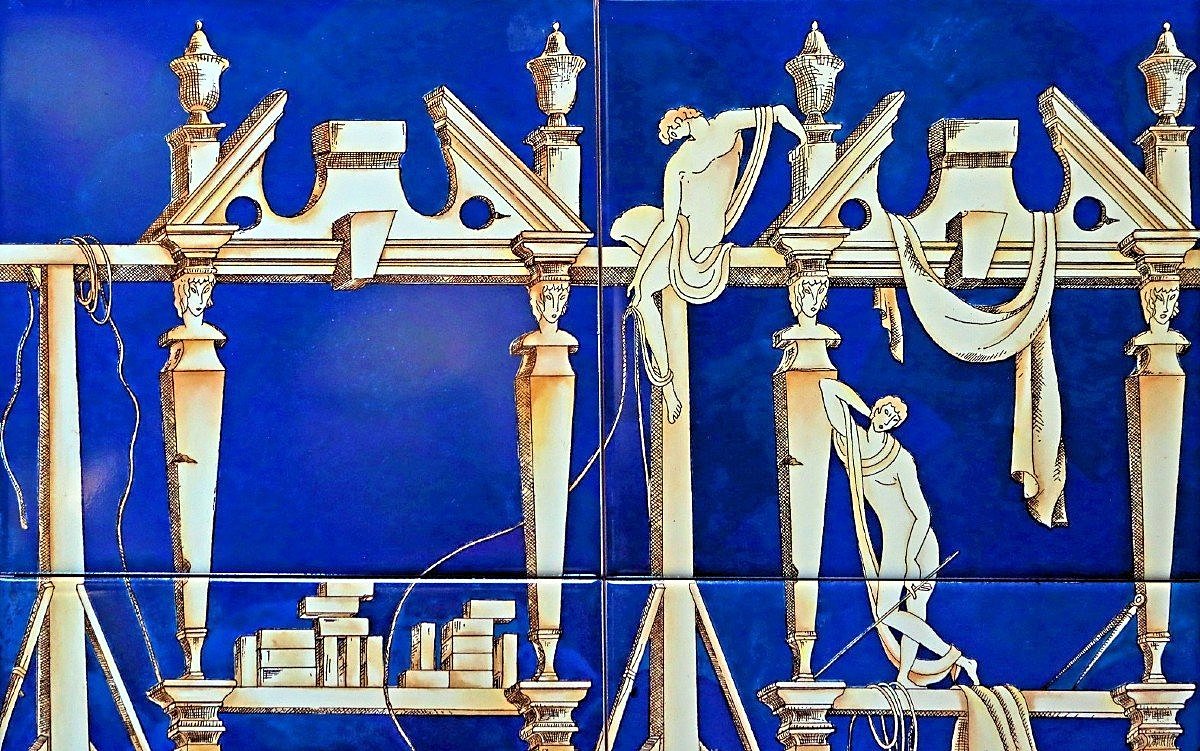
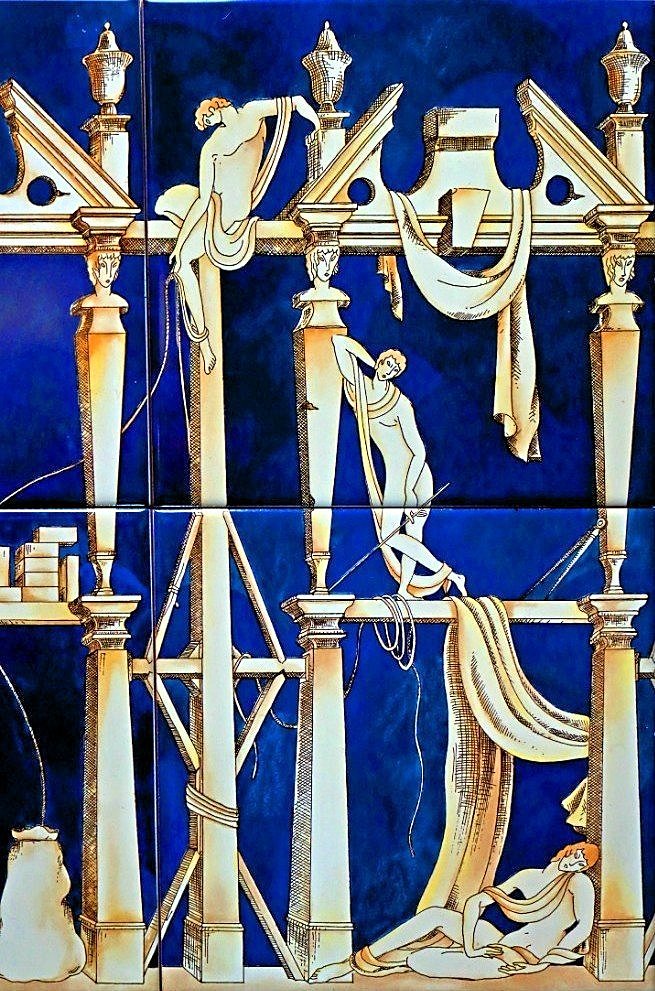




















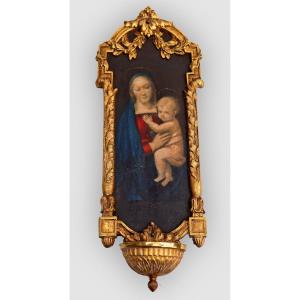




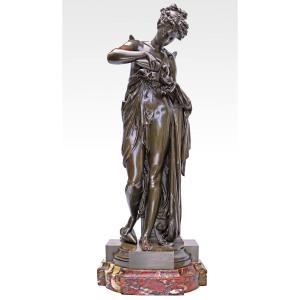



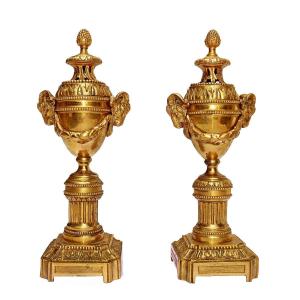



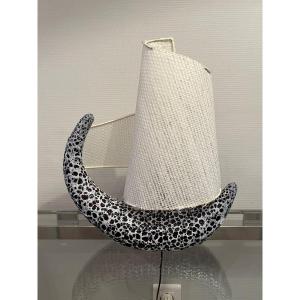




 Le Magazine de PROANTIC
Le Magazine de PROANTIC TRÉSORS Magazine
TRÉSORS Magazine Rivista Artiquariato
Rivista Artiquariato